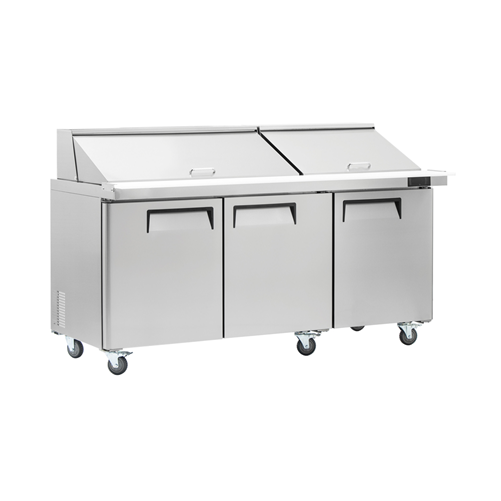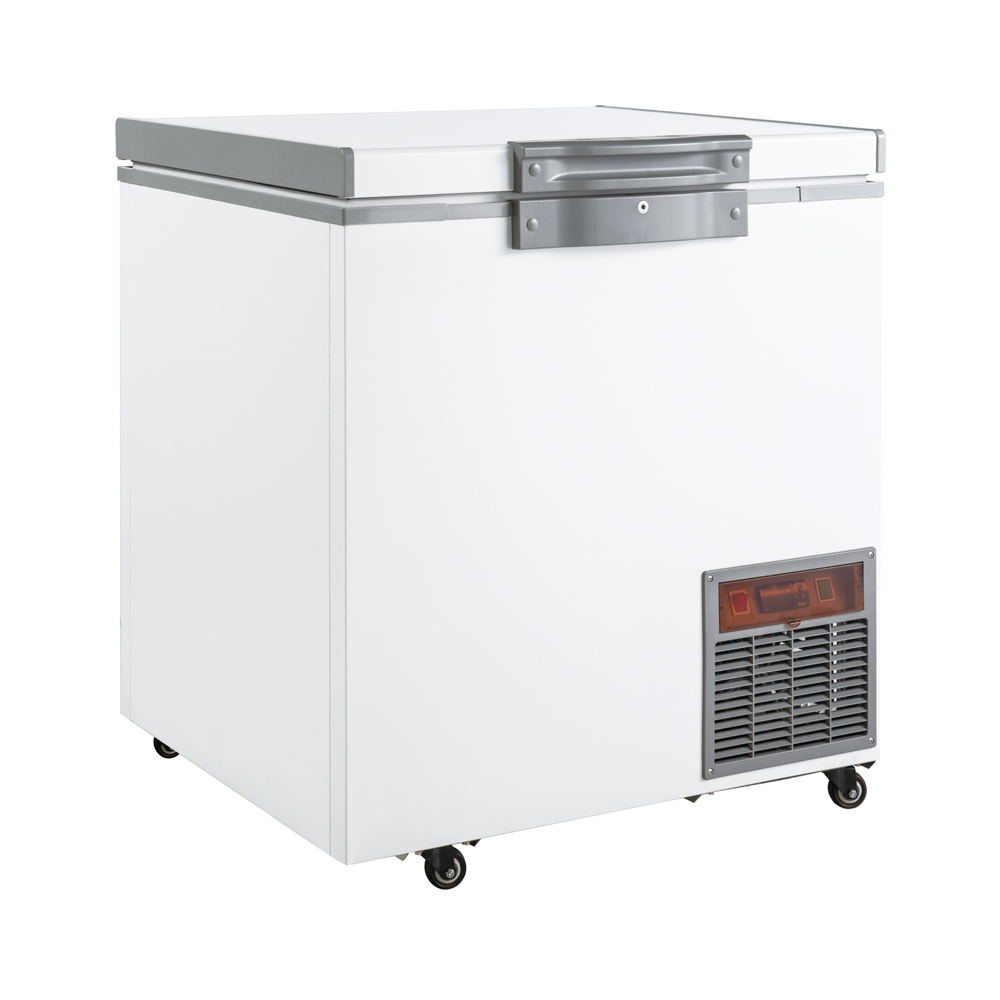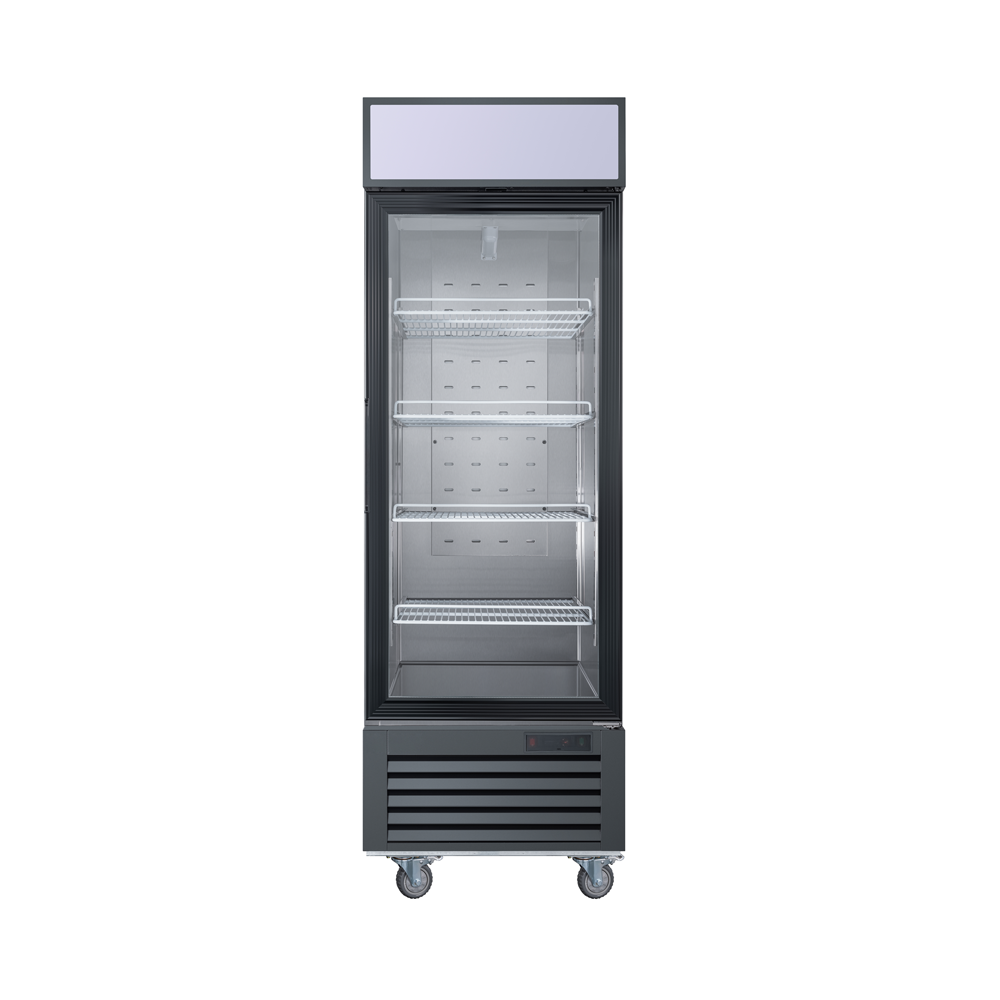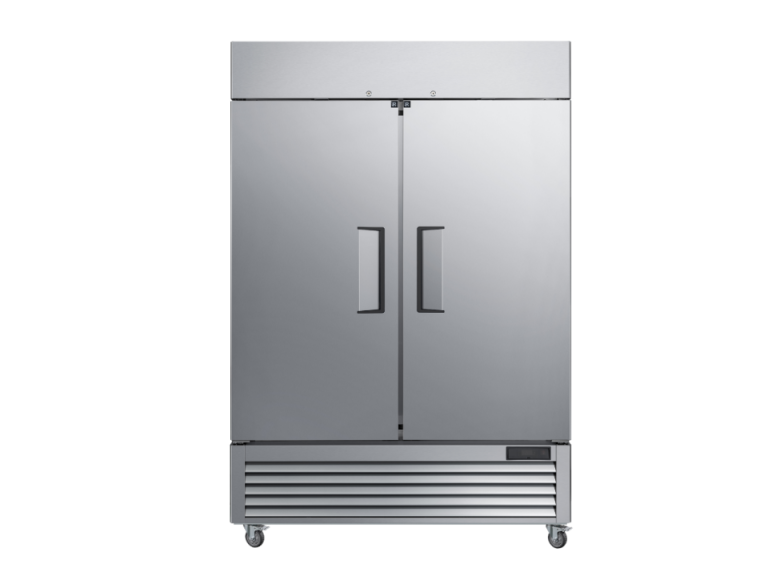MSR-72M Triple-Zone Commercial Prep Table: 576L NSF-Certified Refrigerated Workspace

Engineering Excellence 1. NSF-Certified Food Safety System Precision Temp Control – Active air cooling maintains 0.5-5°C (±0.3°C variance) – Auto-defrost prevents ice buildup during 16hr continuous operation Sanitation Assurance – NSF-compliant stainless steel interior (304 grade) – Triple-door silicone…









